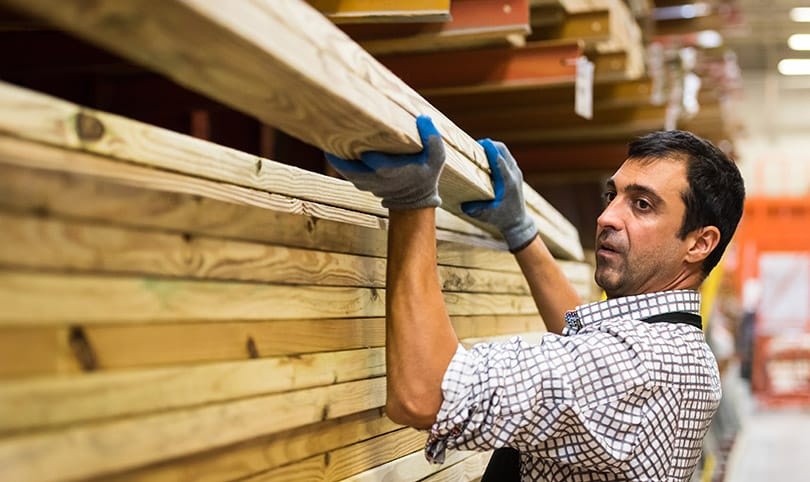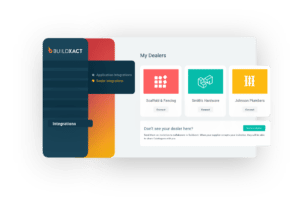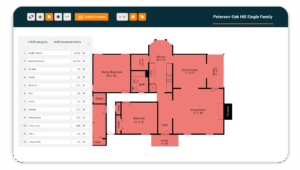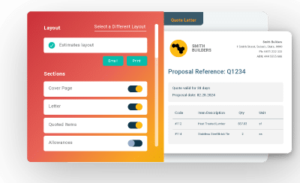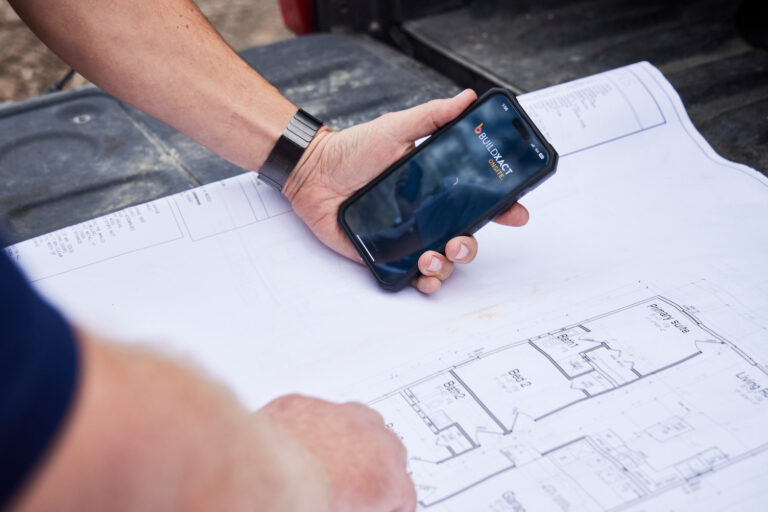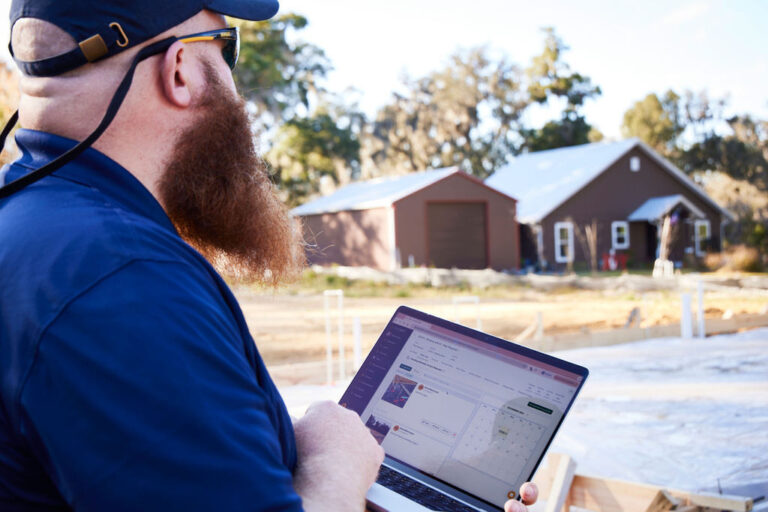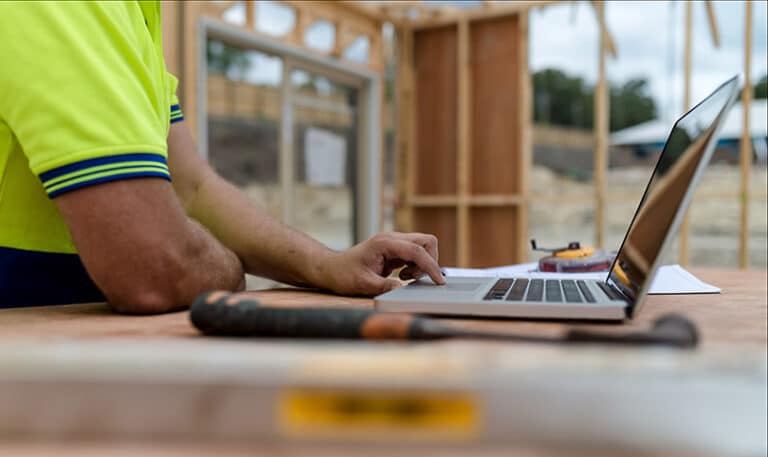The supply chain plays a critical role in closing out construction projects on time, within budget, while meeting the exceedingly high-quality standards your business demands.
Successfully managing the supply chain in the home construction industry requires collaboration with subcontractors and material dealers using modern software tools to keep up with what many industry experts see as unprecedented global challenges.
Supply chain management and the home construction project
Basically, supply chain management in construction refers to properly managing building materials flow, information and resources all the way from the dealers to the construction site.
What sounds simple in theory actually is enormously complex to execute. Succeeding involves having tight control over procurement, inventory management, logistics and distribution so that all of these ensure that necessary materials and equipment are available when needed.
None of this takes place without timely communication among all stakeholders, both within the company and with external material dealers and partners.
Benefits of supply chain management in construction
When done well, supply chain management reduces waste, minimizes delays and results in the project outcomes you want to consistently and predictably see, such as keeping a project under budget.
When preparing a supply chain management plan, you should be measuring its success against the following:
Does your plan generate higher profitability through lower real costs?
Construction businesses face constant pressures with wastage and delays, which can result in the costs of a project ballooning. The more efficient the supply chain, the more you can reduce waste and lower these avoidable material costs.
Does your plan build a good business relationship with the client?
Project delays make clients unhappy. Solid communication among material dealers, contractors and builder ensures high-quality materials are on-site when needed so that a build stays on schedule. Properly working with dealers often means having detailed specifications ready and available at the earliest stages of a project when a dealer’s consultation matters most.
Does your plan aid long-term project planning?
With strong communication, it becomes possible to identify issues early in a construction project and address them before they negatively impact a project. A dealer with the right set of specifications and enough time might note a coming lumber shortage with plenty of time to find an alternative, for example.
Does your plan improve your risk management?
Ultimately, custom home builders with a strong supply chain can manage around rising material costs and delivery delays that can blow project deadlines. The key is having a robust supply chain that gives you, the builder, many options when it comes to sourcing materials.
How to improve construction supply chain management
A successful supply chain involves ongoing assessment and review. A builder cannot set up a supply chain and forget it. There will always be opportunities to improve the supply chain, making it more efficient and effective.
Put collaboration at the heart of agile construction supply chains
One frequent mistake that construction industry leaders make is to centralize the supply chain to a single person – typically the owner themselves. If you should be away for some reason (for example, on holiday or sick), the entire supply chain breaks down.
Core to any supply chain management strategy is having clear and transparent communication lines with all parties involved, where all project managers and other stakeholders have access to the channels and the people they need to collaborate seamlessly and efficiently.
Leverage digital technologies
When custom home builders shift construction management to modern digital cloud-based tools, it centralizes the data involved in the supply chain so that everyone involved can access the same information. This reduces miscommunication and boosts quality control. Also, most material suppliers and dealers now have online marketplaces that make the purchase of supplies more seamless when connected to a builders construction management platform.
Focus on building just-in-time capabilities into your supply chain
Just-in-time delivery means that the materials that you need are on-site on the day that they’re needed without those materials sitting in a pile of inventory at the job site. Inventory often results in waste and additional operational costs.
Having just-in-time capabilities means finding the right logistics partners that allow you flexibility when ordering. You need the ability to shift dates if the scope or timelines of the project change.
Establish formal KPIs for all partners involved in the chain
Quality control is essential in the construction industry, and proper supply chain management builds a review process into each interaction with each dealer in the supply chain network, noting the quality of construction materials, costs and the timeliness of interactions and delivery.
These reviews set goals, or KPIs, and the ability to meet these KPIs over time generates a list of preferred suppliers and dealers. Staying on this list requires each dealer to avoid slipping standards and poor quality materials. Successful builders know how to move seamlessly to a new preferred dealer.
Finally, it’s important to formalize the supply chain management plan, and have it clearly articulated to all parties involved in the organization so that everyone is in aligned.
Nothing can break down a supply chain more quickly than crossed wires and confusion; so the plan and subsequent reviews should be documented, distributed and explained to everyone involved in the process.
Challenges for the construction industry
Without a doubt, the biggest challenge facing building construction at the moment is the ongoing perfect storm of critical material supplies shortage and a deep labor and skills shortage, often made worse by inadequate training levels across the home construction industry.
Combined, these challenges first make it difficult to source materials for just-in-time delivery, and then have the people or contractors available to work those materials into the project.
These deep, and somewhat indirect, operational costs cause so many construction businesses to work overtime, while struggling to remain liquid and manage cash flow.
Again, supply chain management can help overcome these difficulties. For example, as discussed previously, a robust supply chain management system diversifies suppliers and material dealers to mitigate the risk of supply chain disruption.
Building longer-term relationships with reliable suppliers, and having a preferred supplier system, also can help with negotiating lower prices in construction procurement, and ensure that your business is given preferential access when materials are in short supply.
Meanwhile, establishing training programs or partnering with training institutions around the supply chain itself can help to address the skills shortages. Building a deep pool of supply chain partners, contractors, and specialty subcontractors can be another way to ensure that projects aren’t held up due to a lack of capabilities.
Without a doubt, the supply chain is one of the most challenging risks for modern construction businesses to grapple with. The more robust, detailed and comprehensive the supply chain management plan, the better prepared and competitive you will be.
Planning accurate forecasts using Buildxact
A good supply chain management plan features a depth of data across many areas of the business. Having that information consolidated into a single platform is essential for efficiently managing the challenges and risks.
The Buildxact construction management platform delivers accurate forecasts, based on budgets you build up over time from your most successful projects. You can even connect your suppliers directly to the Buildxact platform to deepen collaboration and engagement at times that our most convenient to you.
Additionally, the in-depth project management tools include scheduling. Material deliveries can be coordinated with subcontractor schedules easily with visual tools provided by Buildxact.
Meanwhile, cost tracking in real-time allows you to identify red flags early on and proactively address them through client discussion and change orders.
Buildxact is a platform for holistic, end-to-end construction supply chain management, in other words. Through detailed and real-time data, hosted and accessed in the cloud, you’ll be able to maximize the efficiency across a complex chain that is critical to the health of your business.
To learn more about Buildxact, why not book a demo with a Buildxact team member? Or, if you are ready to get started with your learning, check out Buildxact pricing and begin working right away with a risk-free trial that is free to use.




